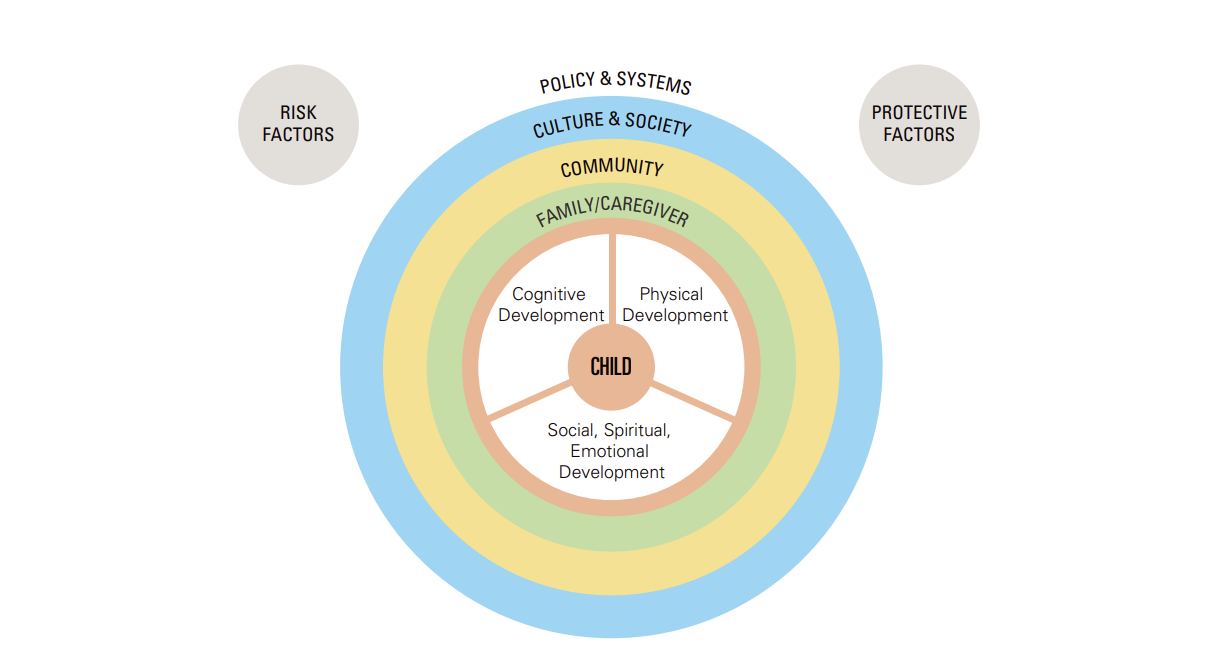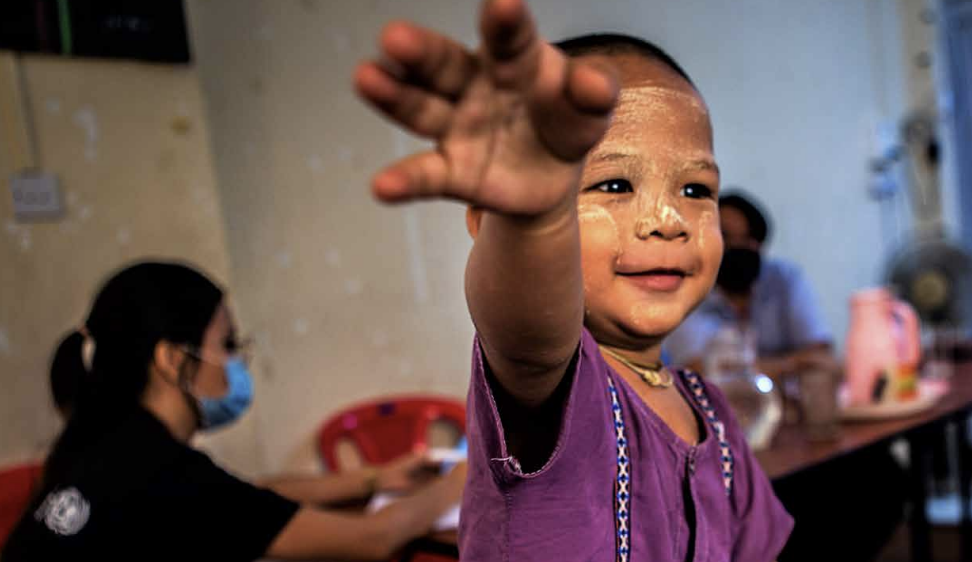main navigation start
Toggle navigation
- Resources
- Search
main content start
Search Filters
Sharex Sites List
Language
Topics
Topics
- Accountability (3)
- Adolescents (36)
- Birth Registration (1)
- Breastfeeding (20)
- Cash Transfer (2)
- Child and youth participation (13)
- Child Health (234)
- Child labour (4)
- Child marriage (18)
- Child Poverty (10)
- Child Protection (49)
- Children in alternative care (5)
- Child Rights (17)
- Climate, Energy and Environment (47)
- Community engagement (89)
- Convention on Child Rights (2)
- COVID-19 (122)
- Data/Evidence (114)
- Disability (95)
- Disaster Risk Reduction (14)
- Discrimination (2)
- Early Childhood Development (55)
- Education (28)
- Emergency Response (2)
- Female genital mutilation (25)
- Gender (49)
- Gender Based Violence (17)
- HIV/AIDS (41)
- Humanitarian Response (10)
- Immunization (131)
- Infant and Young Child Nutrition (18)
- Innovation (35)
- Justice for children (4)
- Knowledge Exchange and Sharing (34)
- Knowledge Management (41)
- Legal identity (3)
- Maternal Health (55)
- (-) Mental Health (26)
- Migrant and displaced children (12)
- Migration (10)
- Newborn Health (60)
- Nutrition (156)
- Online protection (1)
- Partnerships (8)
- Peacebuilding (2)
- Polio (6)
- Poverty (1)
- Psycosocial support (7)
- Sexual exploitation and abuse (11)
- Sexual Violence (9)
- Social Behaviour Change (58)
- Social Policy (20)
- Social Protection (15)
- Social service workforce (81)
- Sustainable Development Goals (8)
- Technology for Development (13)
- UNICEF Programming (37)
- UN Water Conference (6)
- Urban (8)
- Violence against children and women (15)
- Violence in schools (2)
- Water. Sanitation and Hygiene (194)
Resource Type
Document Type
- Academic journal articles (including pre-print submissions) (0)
- Agreements (0)
- Case studies, lessons learned, field notes (0)
- Corporate reporting (0)
- Data set (0)
- Evaluations (0)
- Forms and templates (0)
- Guidelines/SOPs/checklists (3)
- Human Interest Stories (0)
- Major publication (flagship, advocacy etc.) (2)
- Meeting documents and reports (0)
- Mobile Application (0)
- Monitoring reports (0)
- Newsletters (0)
- None (0)
- Online learning/e-learning course (0)
- Other technical publications and reports (0)
- Policy brief/briefing notes/fact sheets/FAQs (3)
- Posters, brochures, pamphlets, flyers (0)
- Presentation (0)
- Research report (3)
- Situation analyses (0)
- Situation reports (0)
- Speeches and Statements (0)
- Staff working paper/discussion paper (0)
- Strategies and Frameworks (5)
- Systematic reviews, knowledge mappings, evidence synthesis (0)
- Technical note (1)
- Toolkit/Toolbox (5)
- Training materials (4)
- Video (0)
Country
Published Date Range

Research report
Best of UNICEF Research showcases the most rigorous, innovative and impactful research produced by UNICEF offices worldwide. While evidence highlights emerging issues, it also informs decisions and pr...
Adolescents
Breastfeeding
Child Health
Infant and Young Child Nutrition
Child Protection
Climate, Energy and Environment
COVID-19
Data/Evidence
Discrimination
Early Childhood Development
Education
Female genital mutilation
Gender
Innovation
Maternal Health
Mental Health
Nutrition
Sexual Violence
Social Behaviour Change
Water. Sanitation and Hygiene
topics

Policy brief/briefing notes/fact sheets/FAQs
Children and adolescent’s optimal development and well-being are contingent upon interacting biological and environmental/contextual factors including family, community, sociocultural, economic, polit...

Technical note
UNICEF’s Gender Action Plan 2018-2021 is road map to ensuring that all children enjoy equal rights, resources, opportunities, and protections. One of the key results expected from this plan is gender-...

Strategies and Frameworks
Mental Health and Psychosocial Support (MHPSS) is defined as any local or external support that promotes or protects the well-being of children and families or individuals. UNICEF identifies MHPSS as ...

Policy brief/briefing notes/fact sheets/FAQs
Mental Health and Psychosocial Support in Education describes interventions carried out in schools and other learning environments. These interventions are aimed at promoting mental health and wellbei...

Strategies and Frameworks
The Global Multisectoral Operational Framework for Mental Health and Psychosocial Support of Children, Adolescents and Caregivers Across Settings (MHPSS Framework) supersedes the field-test version of...

Guidelines/SOPs/checklists
As an accompaniment to UNICEF’s Global Multisectoral Operational Framework for Mental Health and Psychosocial Support of Children, Adolescents and Caregivers Across Settings (MHPSS Framework), this re...

Guidelines/SOPs/checklists
The Thinking Healthy manual outlines an evidence-based approach for community health workers to reduce prenatal depression through evidence-based cognitive-behavioral techniques recommended by the Men...

Training materials
The CFC training module builds frontline workers’ skills in strengths-based counseling to increase caregivers’ confidence and help them develop stress management, self-care, and conflict-resolution sk...

